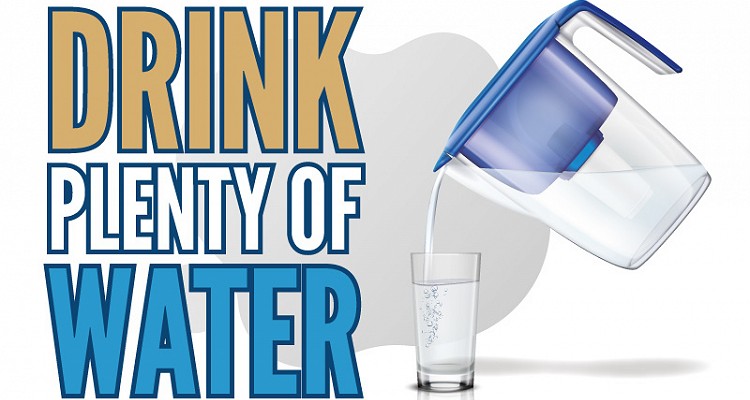
The coronavirus outbreak is changing the way we all live our lives, often this means thinking how to adapt and learning to live with uncertainty.
Despite the impact of the virus, the Thrombosis UK team are striving to provide continued support and information to all those affected by thrombosis and anyone who may be at risk, want to learn more or who is involved in blood clots -venous thromboembolism (VTE) prevention and care.
Working with our medical leads and following published advice from Public Health and NHS England, Thrombosis UK is committed to providing information on reducing VTE risks, supporting well-being and any known information on thrombosis and COVID-19.
Please note, if you have any specific concerns or questions about your own health, please speak directly with your healthcare provider. Thrombosis UK is unable to offer individual medical advice and it would be unethical for us to provide you with that level of advice.
Thrombosis and COVID-19, current information:
- Having blood clots, such as deep vein thrombosis (DVT) or pulmonary embolism (PE), is not associated with an increased risk of acquiring COVID-19.
- Anticoagulants themselves don't place patients at risk for COVID-19. What can be important are underlying disorders. For example, if anticoagulants are given to someone with a blood clot associated with active cancer; then the cancer and its treatment may result in immunosuppression, which places patients at risk. It's important to talk to your doctor about your individual situation if you are concerned.
- D-dimer is a non-specific marker of inflammation or infection so it is not surprising that the levels will be high in those with the most severe Covid-19 infection. In some of the articles in the lay press, elevated D-dimer levels have been interpreted as indicating blood clots. This is an incorrect interpretation. Although D-dimer levels are elevated in most patients with blood clots, D-dimer levels also are elevated in many other disorders including infection. Therefore, an elevated D-dimer level in patients with COVID-19 infection alone is not evidence that they have a clot. For to up to date medical guidance and information for the public, in the UK visit: https://www.nhs.uk/conditions/coronavirus-covid-19/. There is also helpful information on the following sites: the World Health Organization (WHO), https://www.who.int/emergencies/diseases/novel-coronavirus-2019/advice-for-public which includes information on Myth Busters and basic protective measures.
Reducing your risk of blood clots while working from home or self-isolating

Being aware of risk factors, and especially of your own risk factors is really important in helping you to avoid and protect yourself from thrombosis.
Although some risk factors including hospitalisation and major surgery, carry more risk, if you are at home and less active, this can also be a risk factor for deep vein thrombosis, for instance:
- Long-term bed rest
- Long periods of inactivity including sitting for long period of time results in blood moving very slowly through the leg veins
- Dehydration can also risk a risk factor as it causes blood to thicken

Look out for our interactive live Facebook activities to keep you moving and active despite being in self-isolation!
Further details shortly.
Maintaining your well-being while managing self-isolation
Clinical research has demonstrated that the psychosocial impact of venous thromboembolism (VTE) can belong-lasting and even life-changing. As many people will need to self-isolate or move their work to being home-based, it is very important to also support your psychological well-being as well as physical health
Thrombosis UK has a range of aids to help with managing worrying, sleeplessness and anxiety as a result of thrombosis.
Look out for our interactive sessions on relaxation and mindfulness, full details to follow.
Additionally, www.mind.org.uk has published useful information regarding wellbeing and coronavirus, including for those who are self-isolating.



